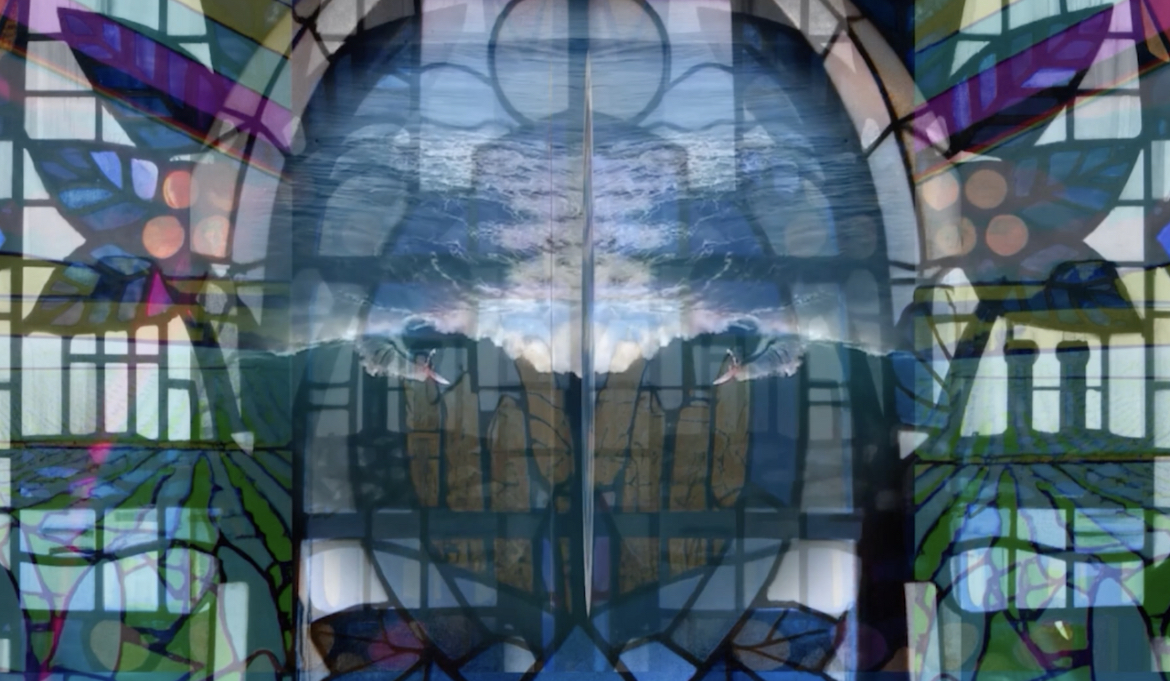Special Event
One Night Only
2 August 2014

Participants: Dan Starling, Barb Choit
Please join the Or Gallery for an evening with Vancouver based artist Dan Starling and New York and Vancouver based artist Barb Choit on Saturday, August 2nd.
Barb Choit will show a new work entitled 20th Century Sculpture/20th Century Sculpture: a slide presentation curated from the 35mm slide collection at Emily Carr University of Art and Design. 20th Century (…) is a follow up project to Choit’s 2002 artist book Ten Shows, which documents ten slide shows that she curated from the slide library at the California Institute of the Arts. Twelve years later, to coincide with the republishing of her original artist book by the Or Gallery, Choit has curated a new selection of 35mm slides to be projected as an installation piece. Choit scoured the ECUAD 35mm slide collection for images of 20th Century sculptures that exist in duplicate within the library’s holdings. She used these image pairs to create two near-identical slide presentations to be projected side-by-side. The resulting work is an art historical survey of 20th Century sculptures within the ECUAD collection—doubled. Showing the duplicate images adjacent to each other reveals inconsistent photographic conditions, such as fading film stock, uneven cropping, or the accidental reversal of images. As a whole, this collection of idiosyncratic image-objects comprise a visual archive of the institution’s pedagogy.
Dan Starling will read from his new book The Culture Industry and the Propaganda Factory, co-presented by New Documents and Malaspina Printmakers. The Culture Industry and the Propaganda Factory is a complete rewrite of Roald Dahl’s classic book Charlie and the Chocolate Factory, reimagining Dahl’s book as an absurdist fairytale overlaid on top of and intertwining with Dahl’s original illustrated narrative. When Charlie and the Chocolate Factory was first published in 1964, it was severely criticized by the NAACP and others for its depiction of the workers at Willy Wonka’s factory as “black pigmies from Africa.” Dahl eventually sympathized with these critiques, revising the book in 1973 and recasting the workers as the Oompa Loompas the book is now well known for.
Using this literary history as a point of reference, Starling imagines four subsequent revisions, each less and less able to cope with what he sees as the “unknown trauma” Dahl’s second edition attempted to repress. In our version (Starling’s third revision), the story has become a tale of the journey of five children to the Culture Industry’s “Propaganda Factory.”




